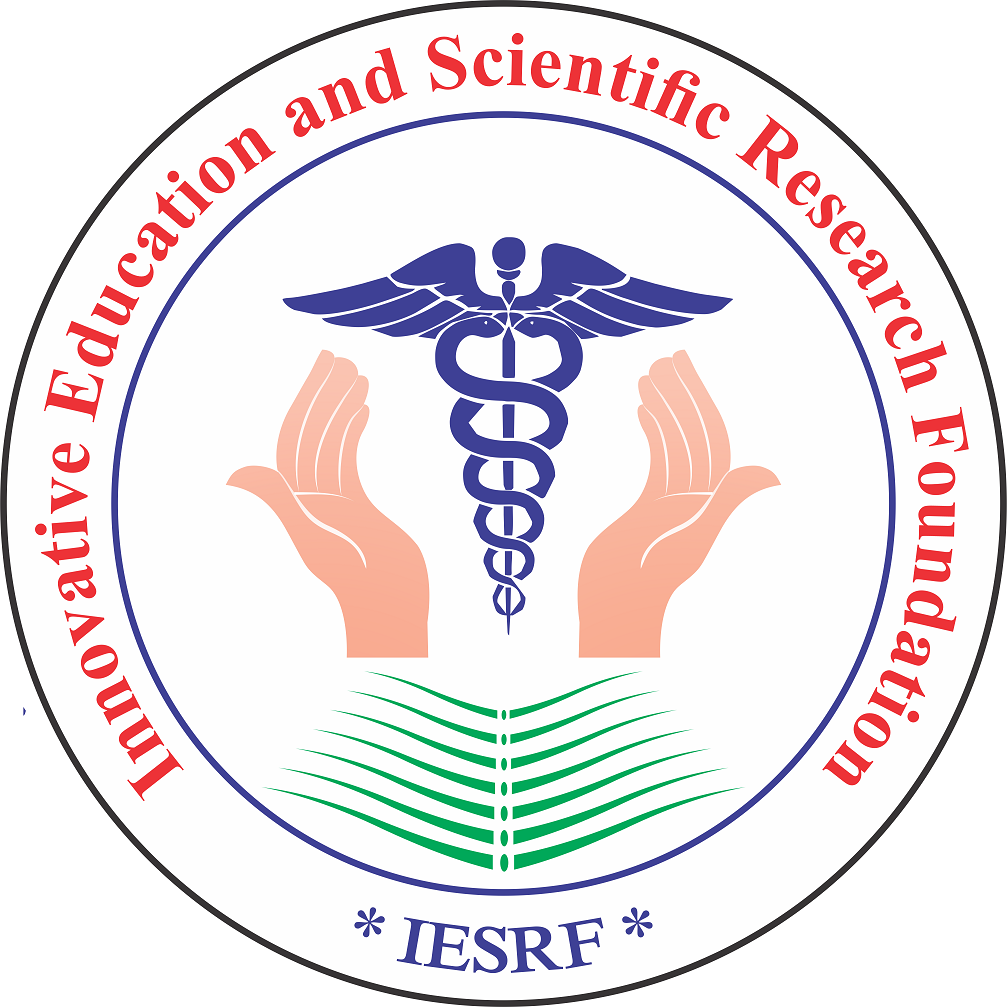- Visibility 342 Views
- Downloads 310 Downloads
- Permissions
- DOI 10.18231/j.ijmr.11710.1768021632
-
CrossMark
- Citation
Unveiling the menace: a case series of fungal meningitis with galactomannan and beta-D-glucan detection and the efficacy of amphotericin B and flucytosine treatment
Fungal meningitis is a rare but serious infection of the central nervous system with high morbidity and mortality, especially when diagnosis is delayed. Standard CSF analysis often fails to identify the aetiology, making early detection challenging. This case series explores the utility of CSF fungal biomarkers—galactomannan and beta-D-glucan—in diagnosing fungal meningitis and the clinical outcomes following prompt antifungal therapy.
We describe three critically ill adult patients diagnosed with fungal meningitis of varying aetiologies. All cases had initial negative routine CSF studies, cultures, and Bio Fire panels. Diagnosis was confirmed using elevated CSF galactomannan and beta-D-glucan levels. Each patient was treated with liposomal amphotericin B and flucytosine, followed by step-down therapy with voriconazole. All patients showed neurological recovery without residual deficits and were successfully discharged after prolonged ICU care.
This series underscores the diagnostic challenges posed by fungal meningitis and the pivotal role of adjunctive CSF biomarkers in early detection. The use of galactomannan and beta-D-glucan assays significantly enhanced diagnostic sensitivity in our patients. Early initiation of appropriate antifungal therapy based on these biomarkers contributed to favourable outcomes.
CSF galactomannan and beta-D-glucan are valuable diagnostic tools for fungal meningitis, especially in cases with negative conventional workups. Timely diagnosis and antifungal therapy with amphotericin B and flucytosine can lead to full neurological recovery, even in critically ill patients.
How to Cite This Article
Vancouver
Patel R, Patel BB, Jansari T, Chauhan AP, Javadekar T. Unveiling the menace: a case series of fungal meningitis with galactomannan and beta-D-glucan detection and the efficacy of amphotericin B and flucytosine treatment [Internet]. Indian J Microbiol Res. 2025 [cited 2025 Nov 09];12(3):423-428. Available from: https://doi.org/10.18231/j.ijmr.11710.1768021632
APA
Patel, R., Patel, B. B., Jansari, T., Chauhan, A. P., Javadekar, T. (2025). Unveiling the menace: a case series of fungal meningitis with galactomannan and beta-D-glucan detection and the efficacy of amphotericin B and flucytosine treatment. Indian J Microbiol Res, 12(3), 423-428. https://doi.org/10.18231/j.ijmr.11710.1768021632
MLA
Patel, Rachana, Patel, Bhavinkumar Bhagubhai, Jansari, Trupti, Chauhan, Amit Pravin, Javadekar, Tanuja. "Unveiling the menace: a case series of fungal meningitis with galactomannan and beta-D-glucan detection and the efficacy of amphotericin B and flucytosine treatment." Indian J Microbiol Res, vol. 12, no. 3, 2025, pp. 423-428. https://doi.org/10.18231/j.ijmr.11710.1768021632
Chicago
Patel, R., Patel, B. B., Jansari, T., Chauhan, A. P., Javadekar, T.. "Unveiling the menace: a case series of fungal meningitis with galactomannan and beta-D-glucan detection and the efficacy of amphotericin B and flucytosine treatment." Indian J Microbiol Res 12, no. 3 (2025): 423-428. https://doi.org/10.18231/j.ijmr.11710.1768021632
